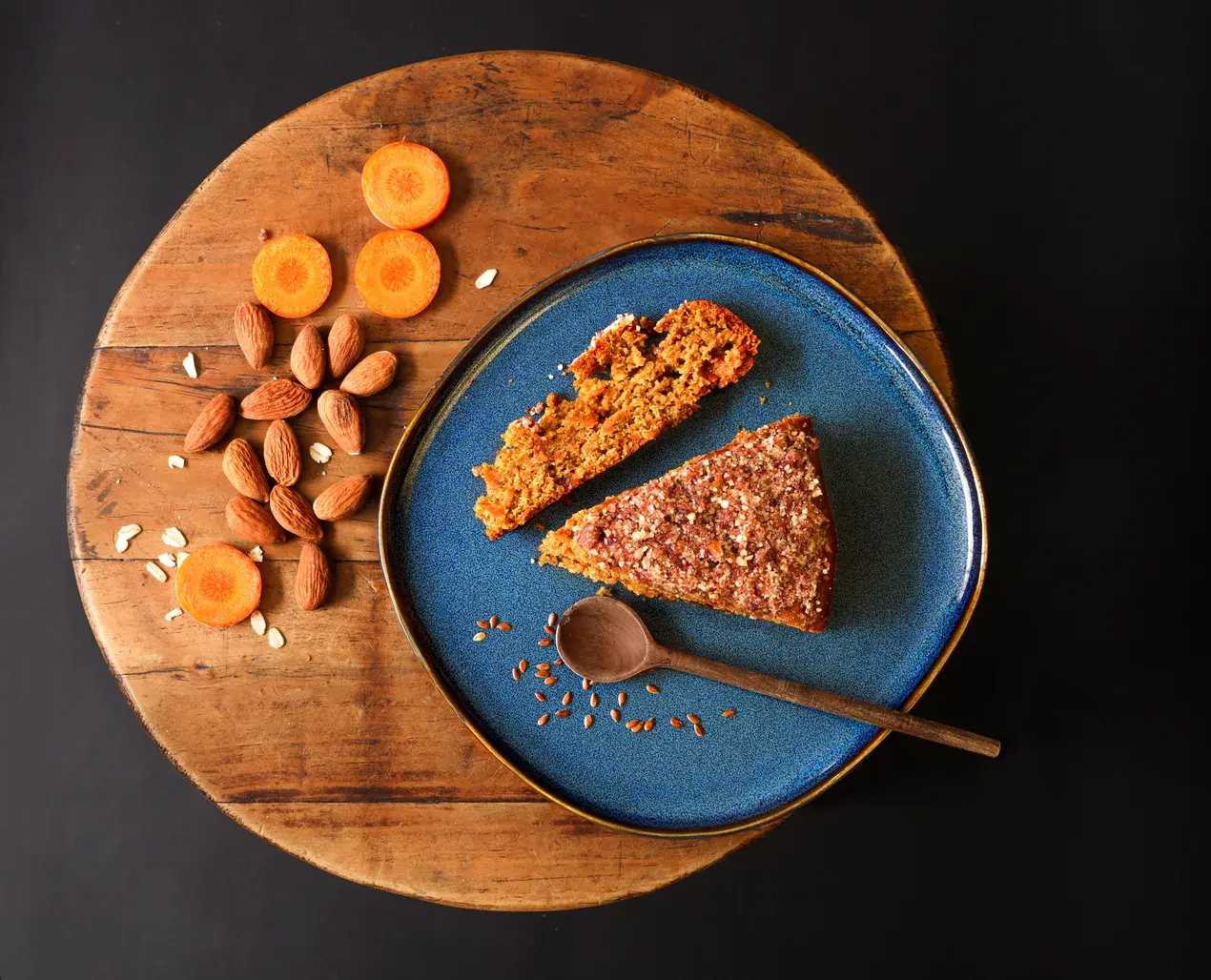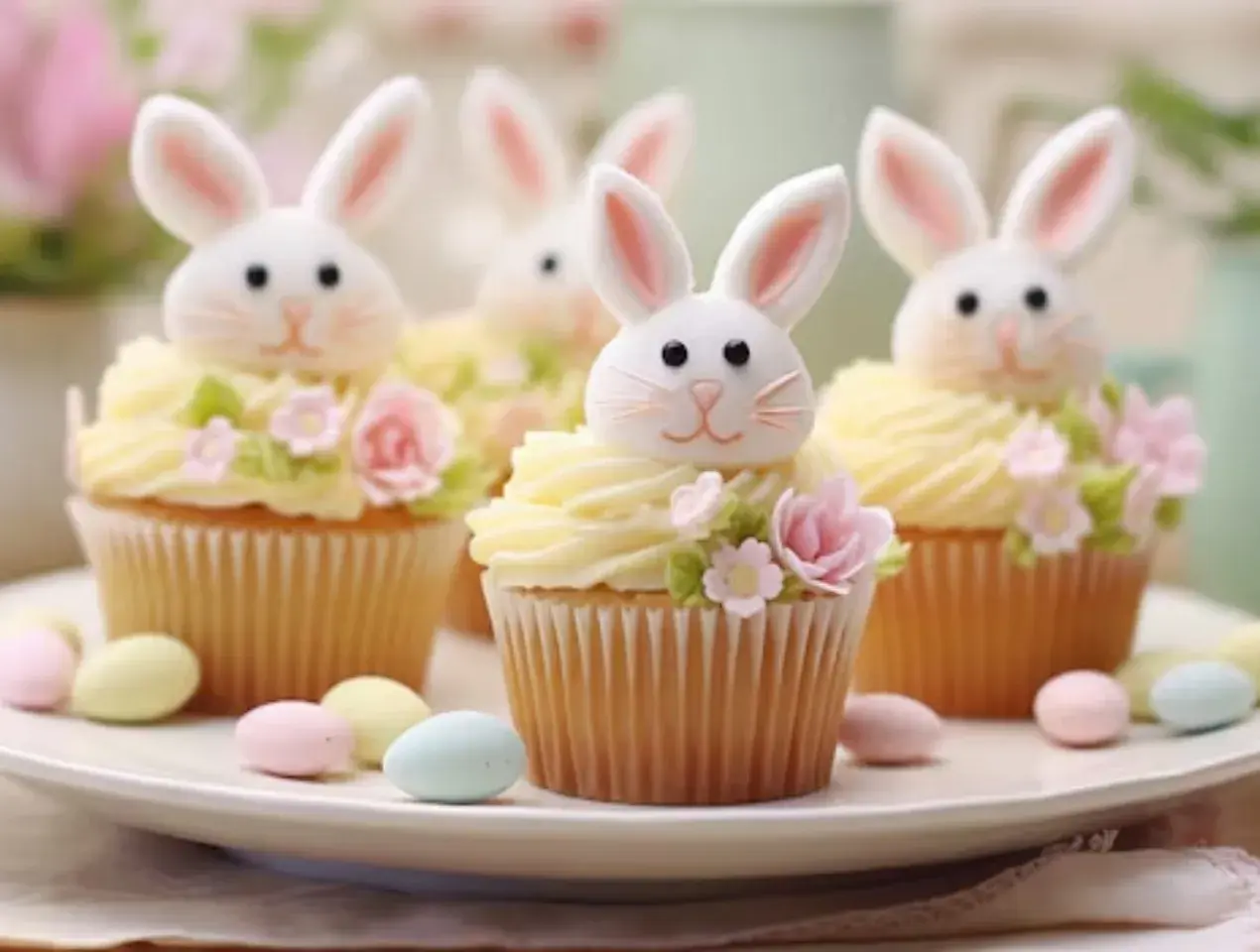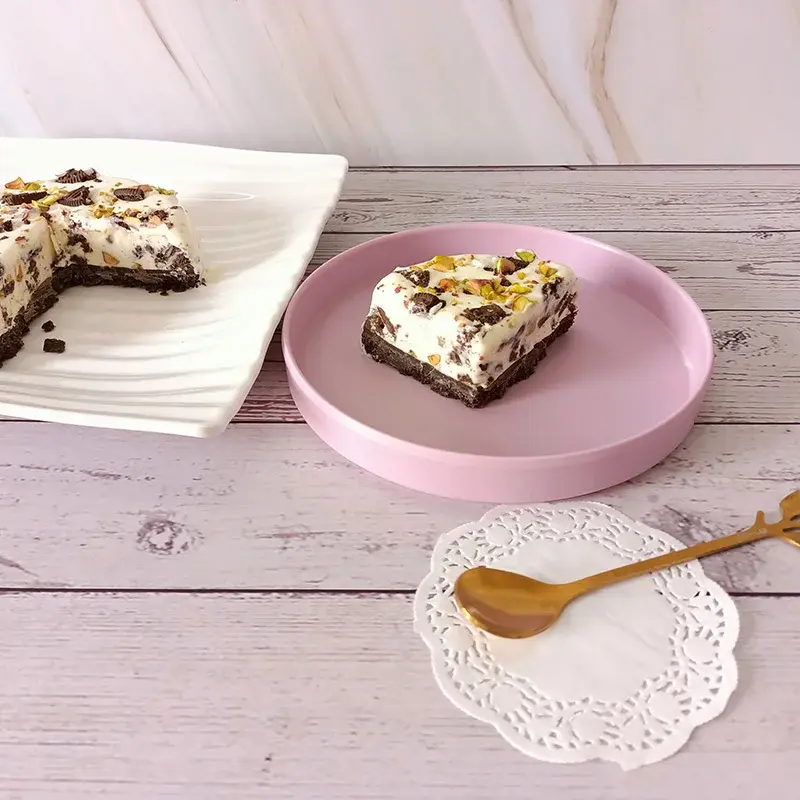- Home
- Articles
- Demystifying Baking Measurements: A Simple Guide: Break down common measurements in baking and provide easy conversion tips.
Demystifying the complexities of volume and weight-based systems, offering conversion tips to ensure every ingredient contributes to the alchemy of delightful treats. From cups and tablespoons to grams and milliliters, master the art of precision and creativity in baking, turning your kitchen into a haven of carefully measured sweetness.

Baking, a combination of science and creativity is a realm where careful precision merges with expression. Each ingredient, measured meticulously plays a role in the magic that turns flour, butter and sugar into delightful treats. However, for home bakers and experienced professionals, navigating the intricate world of measurements can be perplexing. This article aims to demystify baking measurements and provide conversion tips to ensure that your next baking escapade is not only a scrumptious endeavour, but also a meticulous scientific pursuit.
An Introduction to Baking Measurements
Baking stands apart due to its demand for accuracy. Unlike cooking, where a pinch of this or a dash of that can lead to delicious results, baking hinges on measurements. This attention to detail is essential because baking involves chemical reactions – the right balance of ingredients brings forth the texture, rise and flavor.
In the United States, baking measurements typically rely on cups, teaspoons and tablespoons as part of a volume based system. However, many recipes— those from international sources—utilize weight measurements such as grams and ounces. This difference can cause confusion and significantly result in unsuccessful attempts at baking.
Understanding the measurements used in baking is the step to unravelling the secrets of this culinary art form:

- Cups: In the US measurements, a standard cup holds 240 millilitres of liquid. However, when it comes to ingredients, the weight can vary. For example, a cup of flour weighs 120 grams, while a cup of sugar weighs about 200 grams.
- Tablespoons and Teaspoons: These smaller volume measurements are mainly used for ingredients like baking powder, salt and spices. To be precise, one tablespoon is equal to three teaspoons or 15 millilitres. Similarly, one teaspoon measures around 5 millilitres.
- Ounces and Grams: These weight measurements provide accuracy, and come in handy when dealing with ingredients that can settle or change volume, such as flour.
Tips for Successful Measurement Conversion in Baking
Converting between these measurement units doesn't have to be complicated or overwhelming. Here are some helpful tips to make the process smoother:

- Utilize a Kitchen Scale: Using a kitchen scale is the way to measure ingredients precisely. Scales can easily switch between grams and ounces ensuring precision.
- Volume to Weight Conversion: When converting cups into grams or ounces, it's advisable to refer to conversion charts tailored for each ingredient. Keep in mind that a cup of feathers weighs less, than a cup of stones!
- Converting Spoons to Millilitres: If you come across a recipe that mentions tablespoons or teaspoons, but only have a measuring jug, remember that one tablespoon equals 15 milliliters and one teaspoon equals 5 milliliters.
- Temperature Conversion: It's easy to overlook, but equally important is converting temperatures. Celsius can be converted to Fahrenheit by multiplying by 1.8 (or 9/5) and adding 32.
Embracing Metric Measurements

While the majority of measurements in the US are based on volume, incorporating grams and milliliters from the metric system can enhance your baking precision. Many professional bakers prefer this system for its accuracy.
Conclusion: Balancing Precision and Creativity
Baking involves both adhering to rules and creatively breaking them. However, understanding and accurately applying measurements is key to mastering this craft. By demystifying these measurements and familiarizing yourself with conversion tips, you're not just following a recipe; you're embarking on a culinary experiment with delicious rewards. Whether, you're new to baking or an experienced baker respecting the precision of measurements is the ingredient for successful bakes. Alright go ahead, and grab your measuring cups (or scale!) so we can make the world a sweeter one, carefully measured ingredient at a time.
Like This Article?
More Like This
Popular Articles





Trending Web Stories
Curated Recipes
















